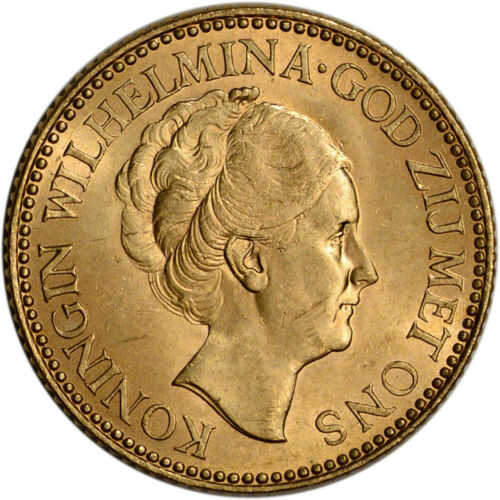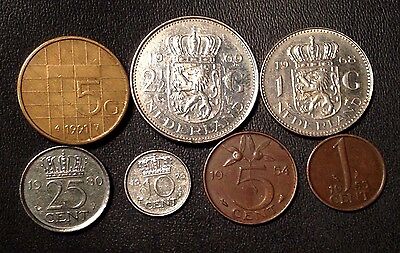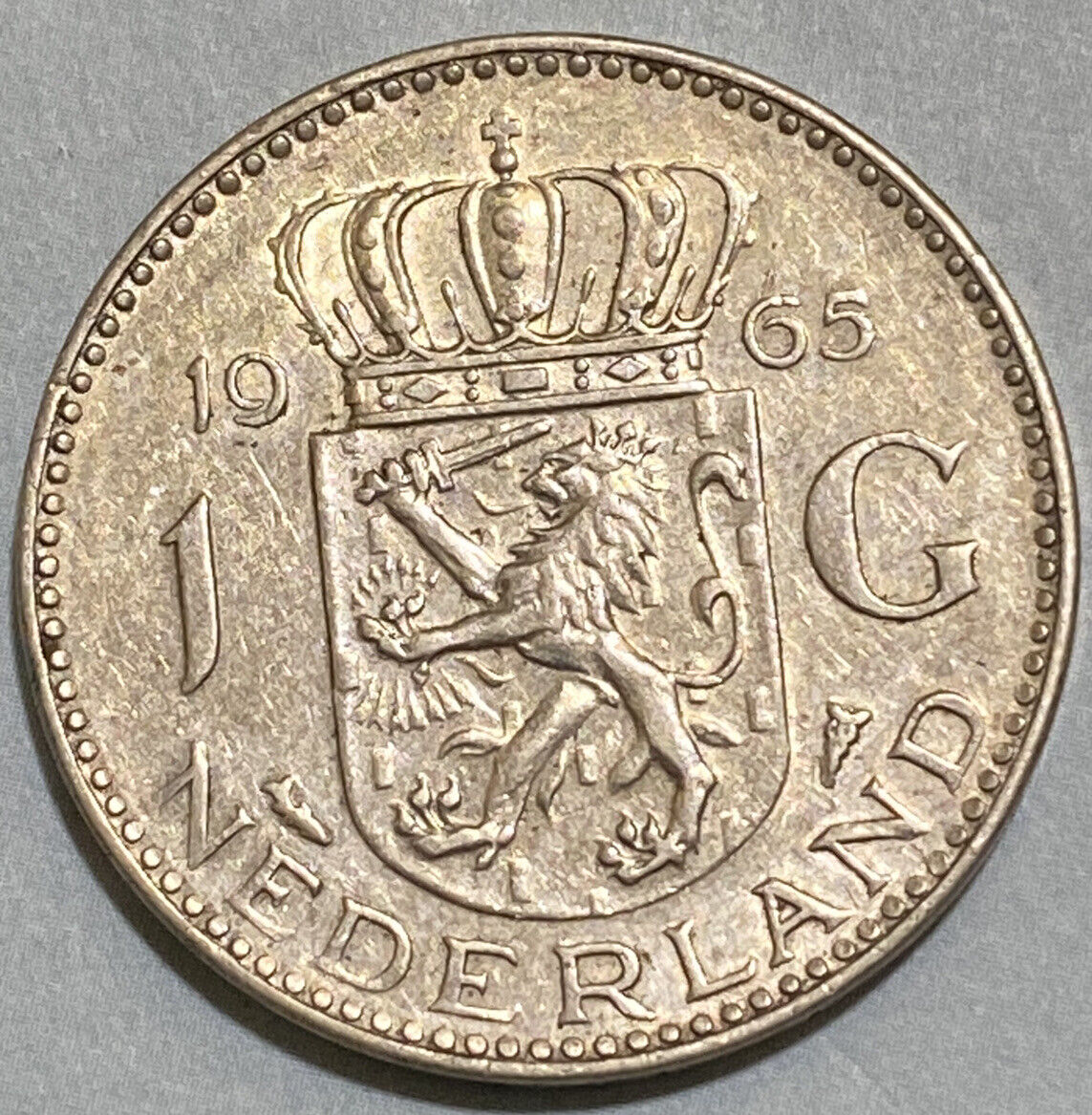-40%
1650 Lion Dollar (daalder), America' First Silver Dollar, NGC MS62
$ 792
- Description
- Size Guide
Description
1650 Netherland 1LD Lion Dollar (daalder), America's First Silver Dollar, NGC MS62Named so for its design element depicting a rampant lion, the Dutch Lion Dollar played a crucial role in world trade during the 16th and 17th centuries. The first Lion Daalders or Leewndaalders were produced in the province of Holland in 1575 during the Eighty Years War. Within a short period of time, most mints throughout the Dutch provinces began producing the new coinage. Although a variety of mints produced Lion Daalders, they are easily distinguishable from one another by their legends, which in most cases bear the name of the Dutch province where they were made. Another distinguishing factor is the half-length figure of an armored knight, which is found holding the coat of arms of the province of manufacture. Dutch merchants and tradesmen such as the Dutch East India Company found it to be the ideal coin for export and trade.
Lion Daalders saw extensive use in Europe, Africa, The Middle East and even the New World. Due to their popularity, mints in Italy, Germany, Monaco and other regions soon began striking their own coinage in imitation. Further trade in the Middle East saw the introduction of Lion Dollars where the province name was replaced with the word "orient" signifying it specifically for use in the East. Some of these were even denominated in Farsi with a Persian inscription designating them with a set value of 6 Shahi for use in trade for items such as silk and rose oil.
The circulation of Lion Daalders saw extensive use in colonial America as well. Then named New Amsterdam, the city of New York was colonized by the Dutch in the early 17th century. The Dutch East India Company established a sizable fort on the southern tip of Manhattan Island. The wall of the fort was located on the site of what is now Wall Street in the financial district of lower Manhattan. Manhattan itself was purchased for and is probably the best land acquisition in all of New York I bet. Several contemporary accounts contest to the circulation of Lion Daalders in colonial America. In fact, the first paper money issued by the colony of York was payable in Lion Dollars.
Perhaps one of the best documentations of Lion Daalders circulating in Colonial America comes from the wreck of the HMS Feversham. The HMS Feversham sank in route from the Gulf of Saint Lawrence to New York City in October of 1711. The salvage and recovery of the wreck's contents provide an important historical record of the coinage circulating in colonial America during that time period. Originally auctioned in 1989 by Christie's, New York, the cargo contained a number of Massachusetts silver coins as well as Spanish Colonial Cob coinage and Dutch Lion Daalders.
The Lion Daalder holds an important place in Colonial history as America's first dollar and the root of the word from where the current currency (the U.S. Dollar), found its name.
The survival rate of Lion Dollars is minuscule as they were not made in the prolific numbers like Spanish Reales were and the total number of graded specimens in NGC numbers only about 800 pieces and these are among the finest ever seen! Most Lion Dollars are shipwreck survivors and exhibit considerable degradation and thus the reason the Official Red Book of U.S. coins only lists up to XF condition, as the AU and MS categories were thought to be irrelevant.
In a recent find over in the Netherlands, there was a discovery of what we refer to now as "Land-Lock Lion Dollars"
and not shipwreck examples. They were the finest known and certified as such by NGC with also the
Davenport numbers assigned inside the grading slabs
. John Davenport is the man who did the seminal work on the history of this coinage and it's important to note that coins of this caliber are issued what are referred to as Davenport numbers alongside the NGC serialization. Serious Collectors would be very wise to acquire one of these heirloom quality specimens. I feel extraordinarily privileged to bring to market the finest known Lion Dollar.
Offered here is a 1650 large silver coin from the United Netherlands or Lion Dollar (daalder). Known by the colonists as a so called dog dollar as the lion to them looked more like a dog than a lion. The lion dollar was
one of the first silver dollar coins used in colonial America
. It was called a Daalder which is what became the U.S. dollar. So America's first silver dollar which was recognized world wide. If an early colonists had a large silver coin it could have been a lion or dog dollar. The one I offer was minted as
new silver money of the confedered states of the Netherlands Holland.
It is well struck with the knights facial features well defined. It has been graded MS62 by NGC, the highest grade ever attained by a Lion Dollar from this timeframe.
In addition, the population of this coin is just 5
.
Do not pass up this opportunity to own a special piece of numismatic and American history!












